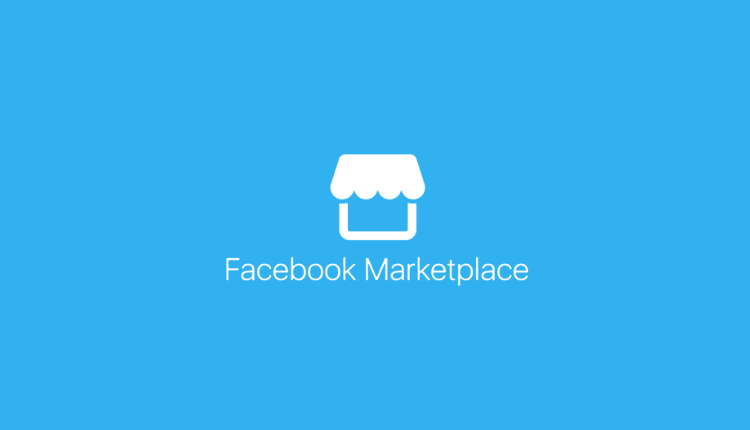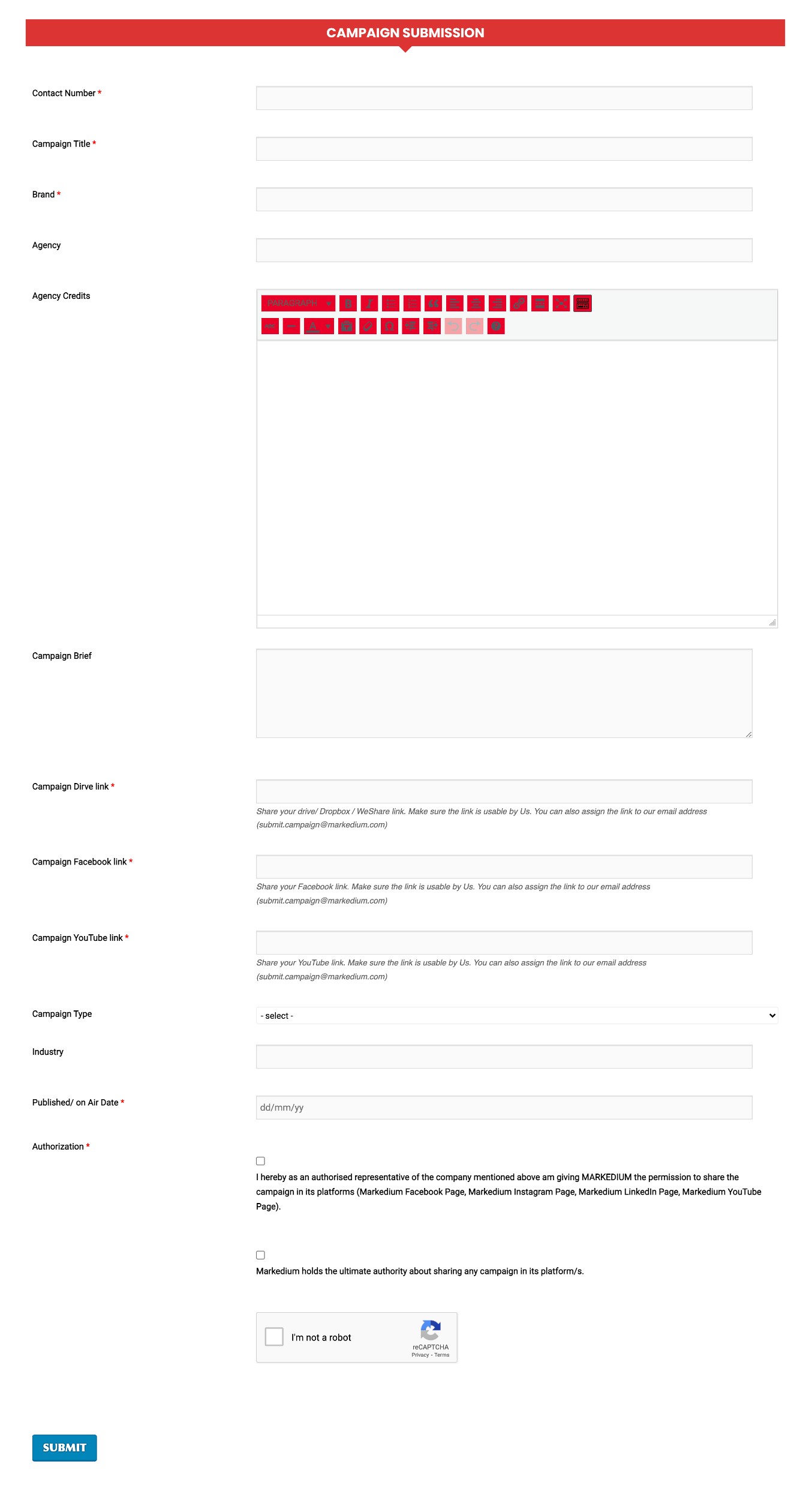
As Facebook moves towards increasing its e-commerce activity, the social media giant has recently added new shipping options to Facebook Marketplace. This new set of tools will now allow people to increase the range of items they buy, boosting sales for f-commerce businesses.

Among these new options include the ability of sellers to add a potential shipping cost to the products displayed on their Marketplace. This increases the convenience for buyers, which in turn leads to a bigger audience of potential customers and better conversion.
The shipping options of Marketplace products will from now on, be a factor in the search results. Thus, the accurate product pages will be displayed to users who search using specific shipping properties.
The new layout of Facebook Marketplace is more reflective of eBay. Facebook has been constantly leveraging its value as the biggest social networking platform to expand its commercial feature. With f-commerce becoming one of the most widely utilized forms of online business, it is only natural that Facebook would want to capitalize on that.
Based on that thread, the Marketplace feature had been introduced. But as of yet, this feature does not have the attention it should have had.
From Facebook’s perspective, the best scenario is making everything the user sees on their feed shoppable. Doing so would condition new buying behaviors among users and the volume of sales would skyrocket on the platform. Initially, f-commerce businesses operated by communicating through Facebook Messenger and used the platform only for displaying products. Facebook Marketplace was Facebook’s first true effort to make their best case scenario a reality, by adding a section from which users would be able to directly buy products.

As the influence of Facebook Marketplace grows, Facebook is positioning itself to become a key intermediary between brands and customers. According to Facebook, the top-selling categories on Facebook Marketplace include household items, furniture, baby and kids items, women’s clothing and shoes, and automobiles.
The most sold product categories provide key insights on how the future activity of brands that operate in these markets might be shaped by Facebook. The majority of these items are impulse purchases, which implies that Facebook ads and Facebook’s newsfeed algorithm are some of the biggest driving factors behind the sale of these items.
Clothing, in particular, is perhaps the industry most subjected to this phenomenon. Over the last season, Facebook experienced a 60% increase in buyer interest for clothing alongside a 20% increase in clothing items being listed.
The addition of new shipping options is Facebook’s latest effort to refine this feature and make it a core part of all f-commerce activity. Therefore, we can expect further expansion of features for Facebook Marketplace in the near future.
For more updates, be with Markedium.


